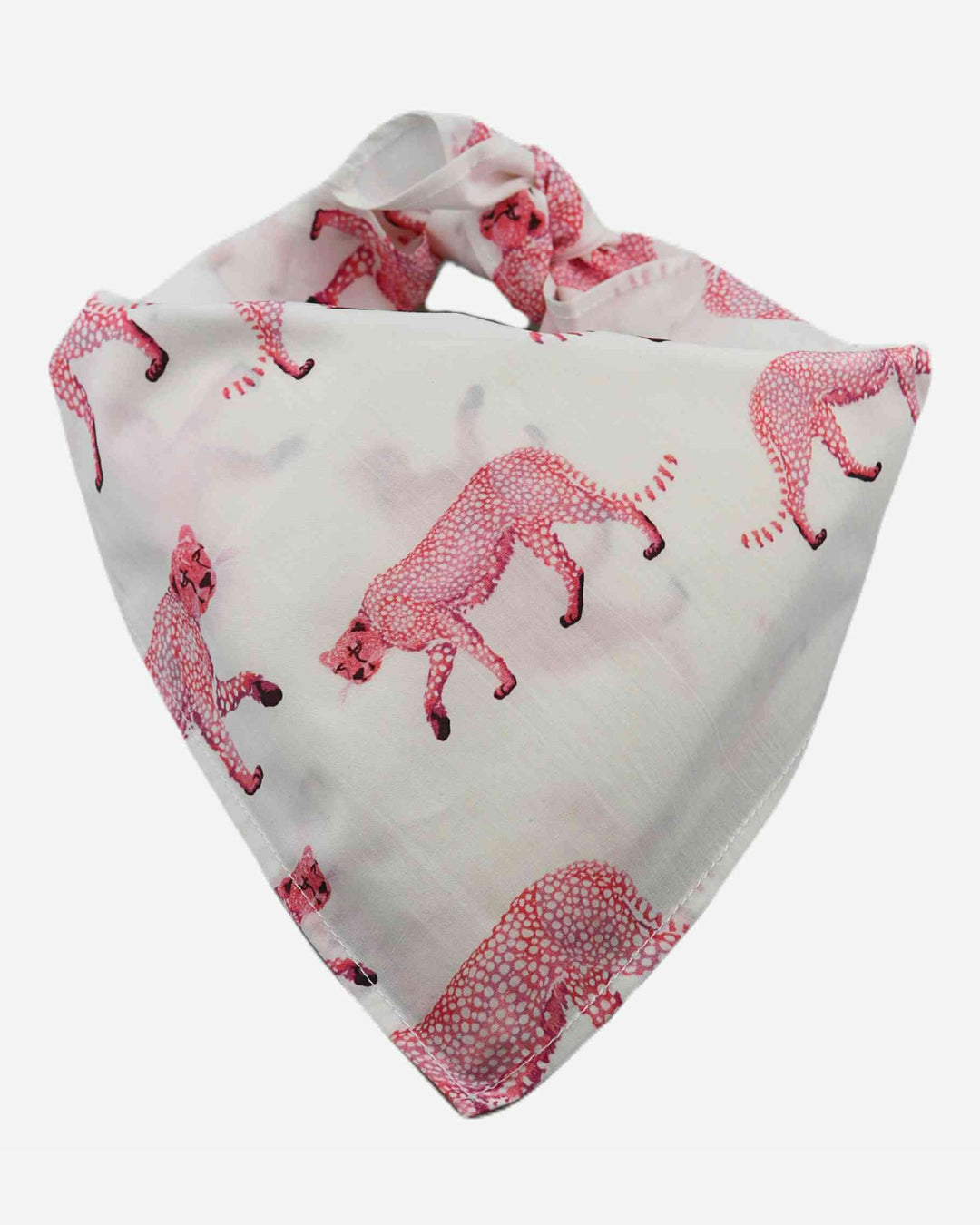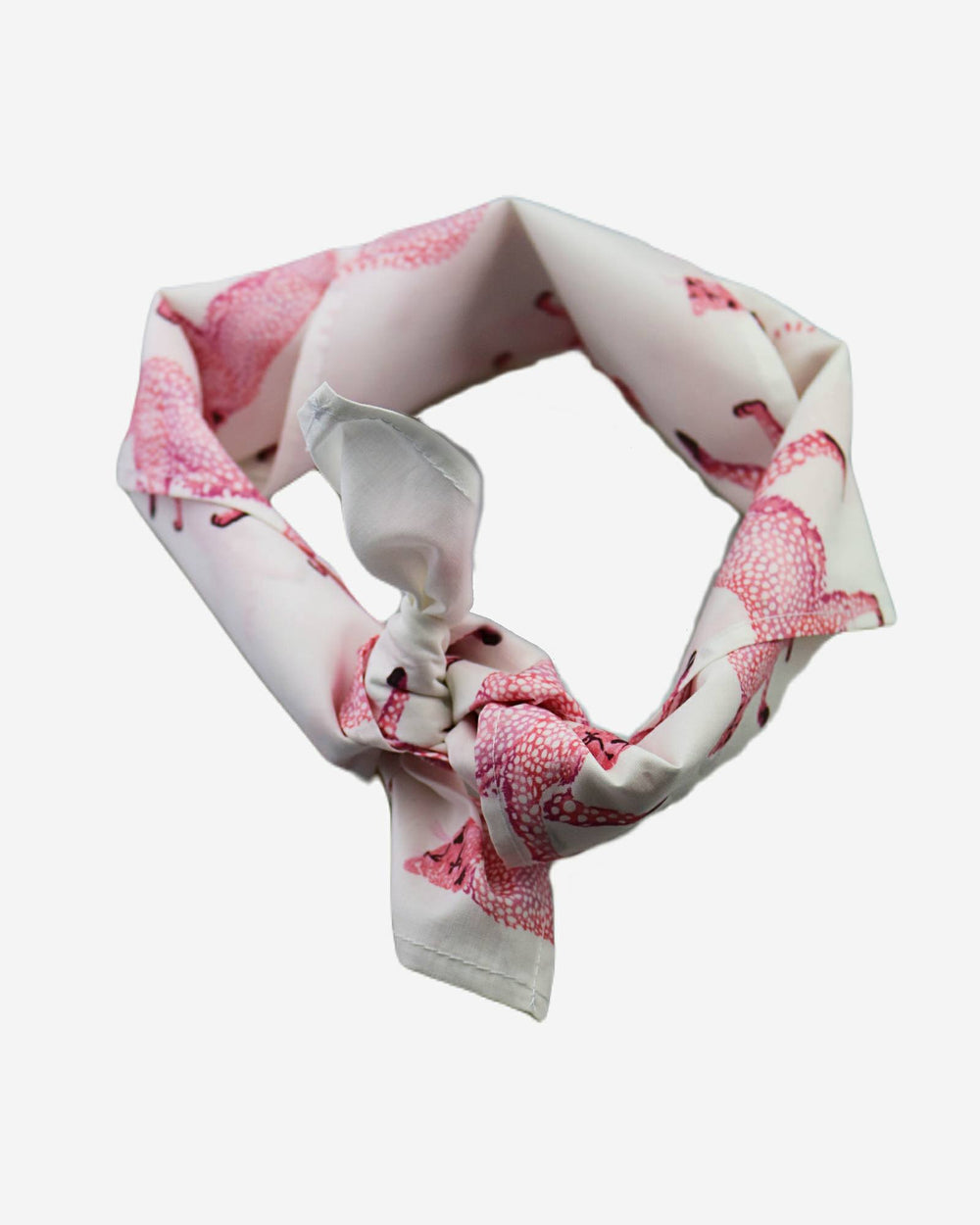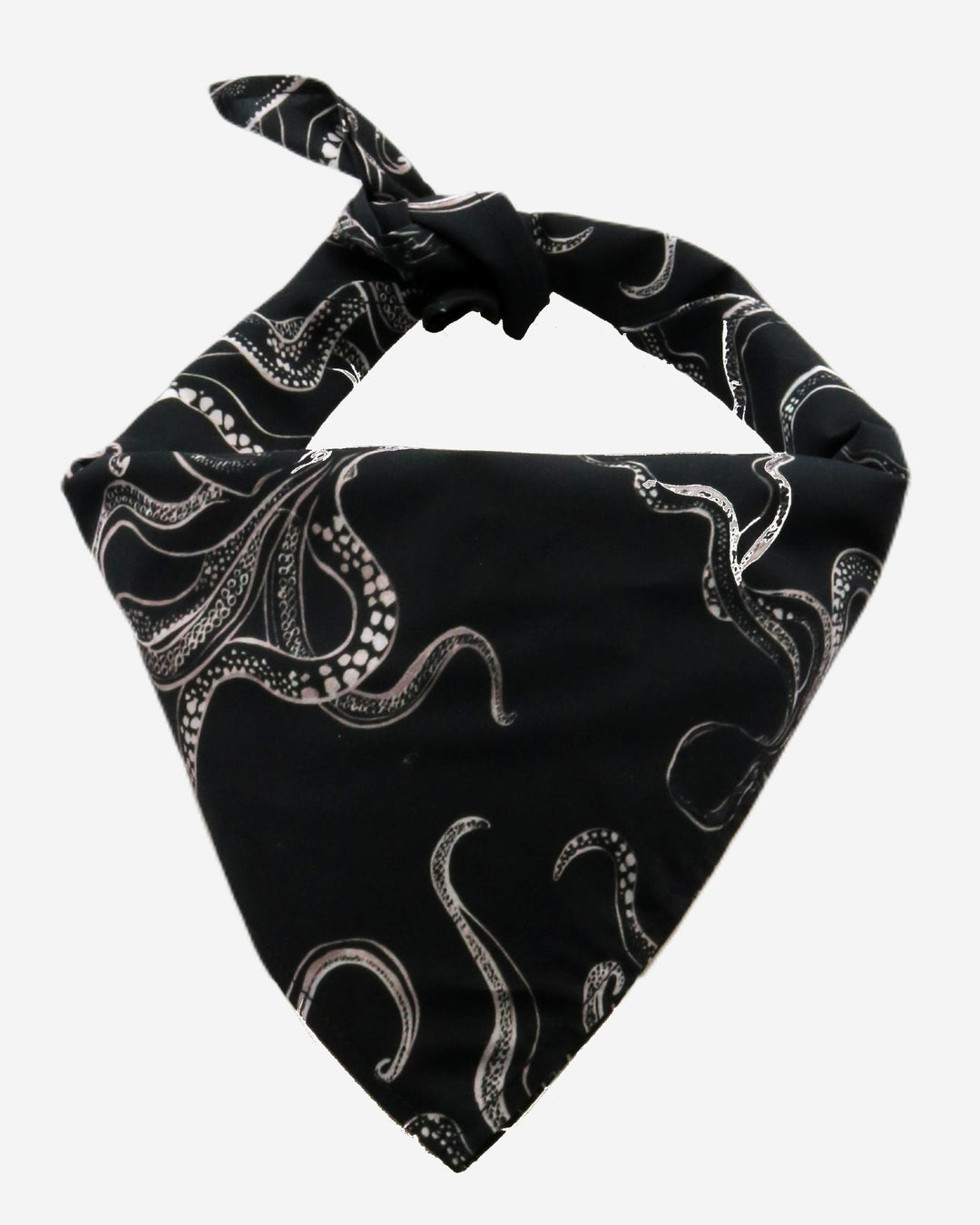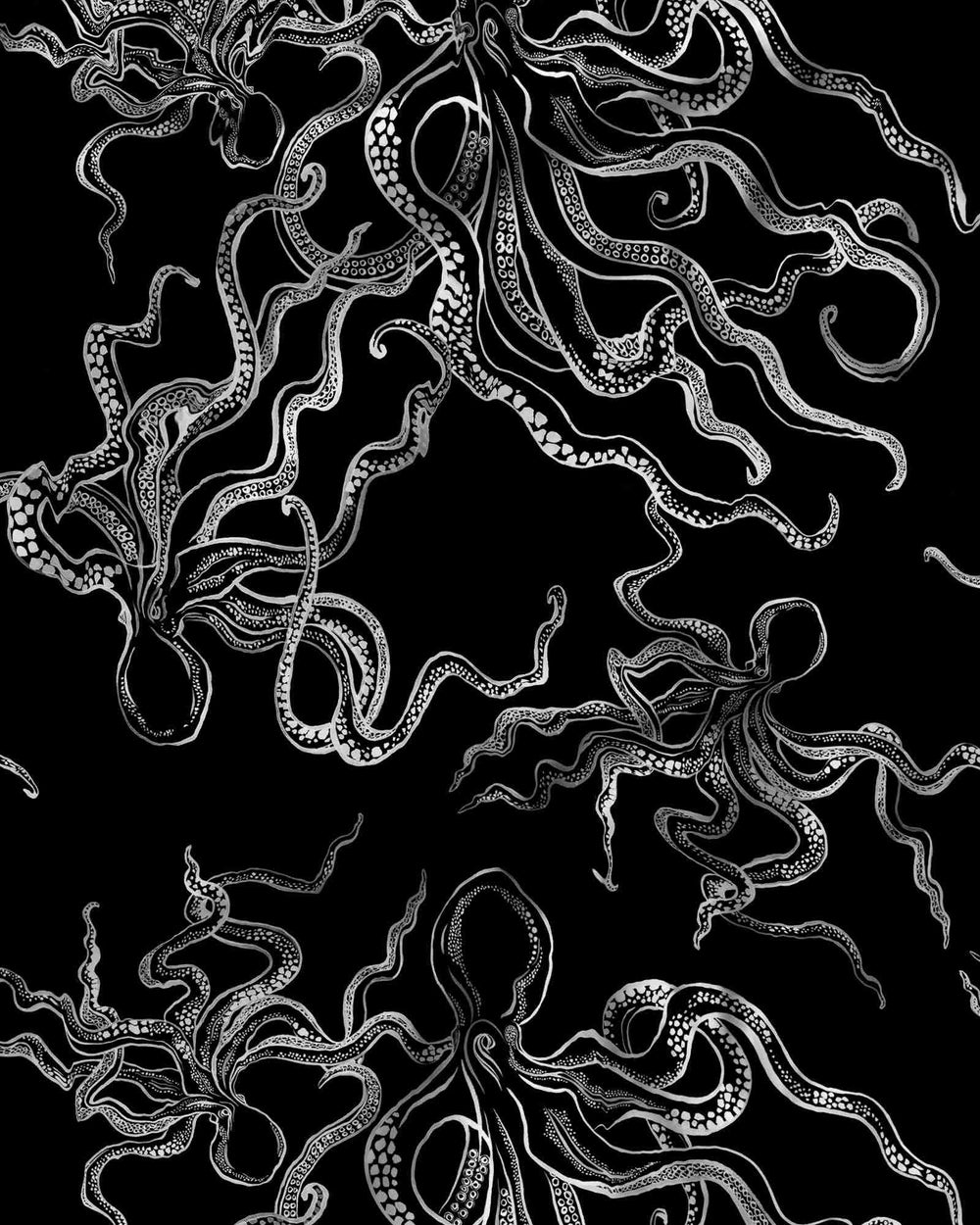The cultural significance of the bandana is deeply rooted in its diverse history and the many different communities and subcultures that have embraced it as a symbol of identity, style, and solidarity.
Historical Origins
The bandana originated in South Asia as a functional piece of cloth used to wipe sweat from the face or to cover the mouth and nose in dusty or polluted environments. It was introduced to Western fashion through trade routes and colonialism, and by the mid-19th century, the bandana had become a popular accessory in the United States.

Subcultural Associations
In the United States, the bandana has been associated with various subcultures, such as cowboys, bikers, and hip-hop artists. Cowboys used bandanas to protect themselves from dust and sun while working on ranches, while bikers often wear bandanas to show allegiance to their motorcycle clubs. In hip-hop culture, bandanas have been used to signify gang affiliation or to represent a specific neighborhood or city.

Symbolic Meanings
The colors and patterns of bandanas have held significant meanings for different communities. For example, red bandanas are associated with Bloods gang members, while blue bandanas are linked to Crips gang members. Other colors, such as black or white, have been used as symbols of resistance or solidarity in various movements, including the Black Lives Matter movement and anti-racist protests.
Fashion and Self-Expression
Beyond its use in specific communities and subcultures, the bandana has become a popular fashion accessory among people of all backgrounds. It can be worn in a variety of ways, from a headband to a neck scarf to a face mask, serving as a symbol of individuality and self-expression.
Enduring Symbolism
Overall, the cultural significance of the bandana lies in its versatility, adaptability, and ability to represent a range of identities, affiliations, and beliefs. Whether used as a functional piece of cloth or as a fashion statement, the bandana has become an enduring symbol of cultural expression and individual style. Explore our bandana collection and find the perfect style for you.














